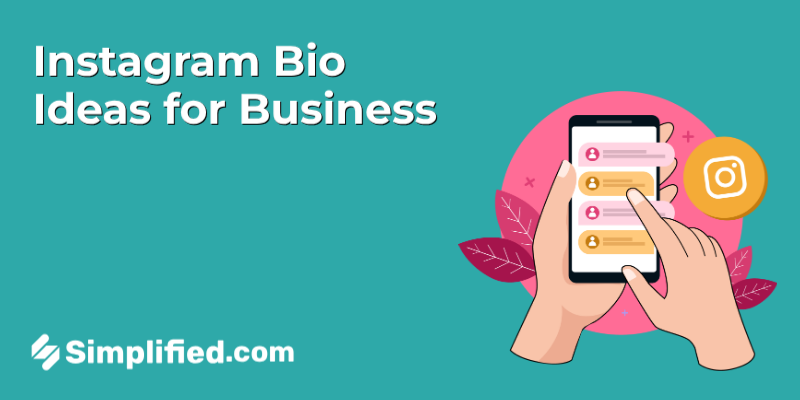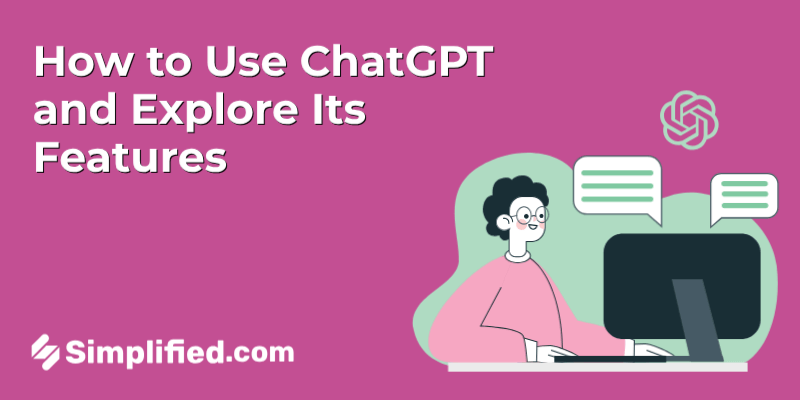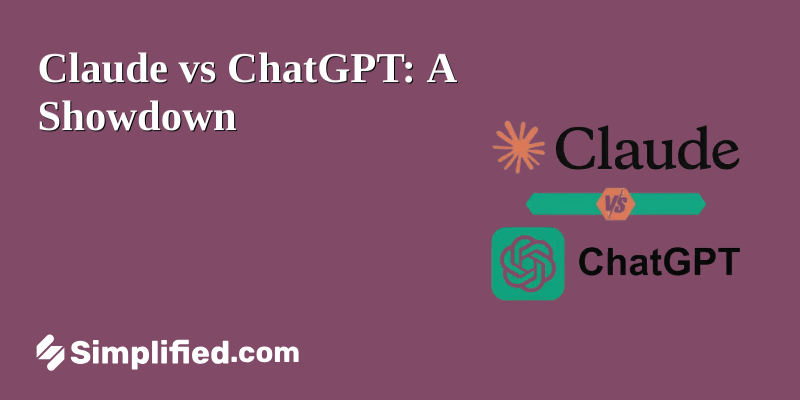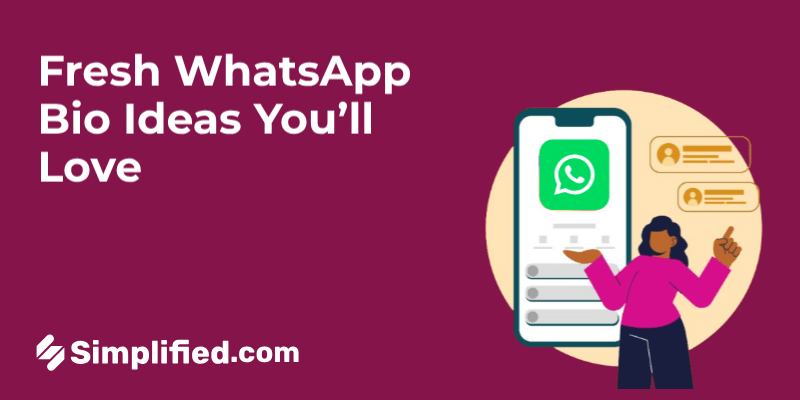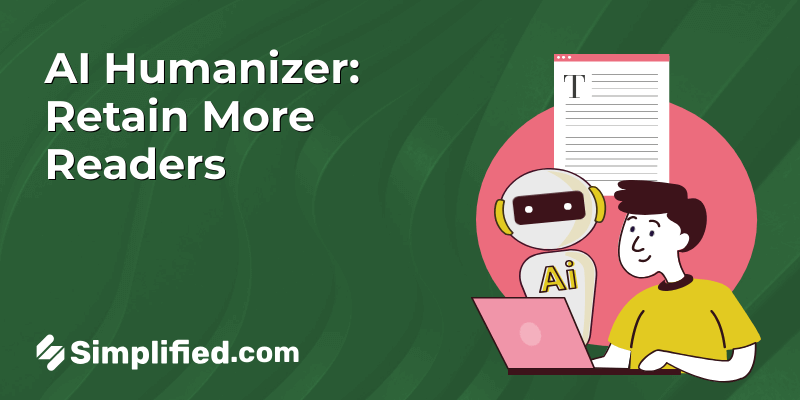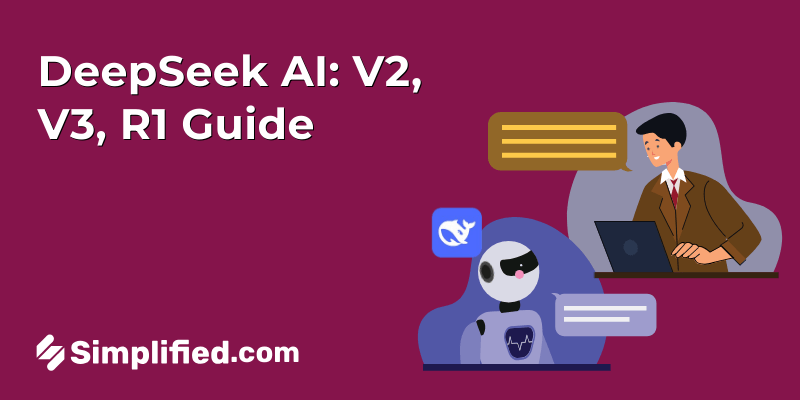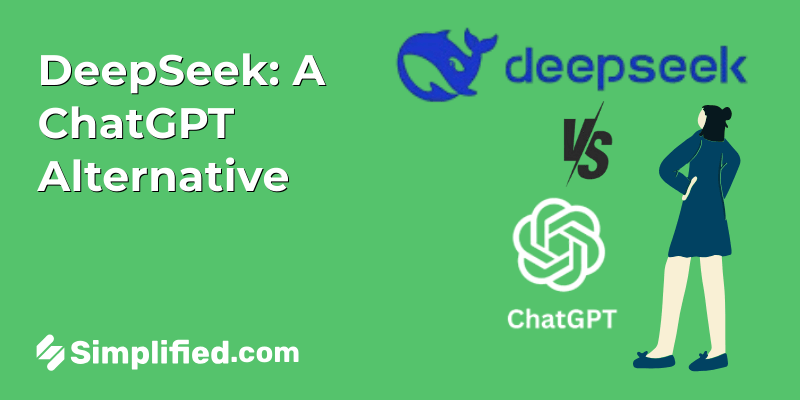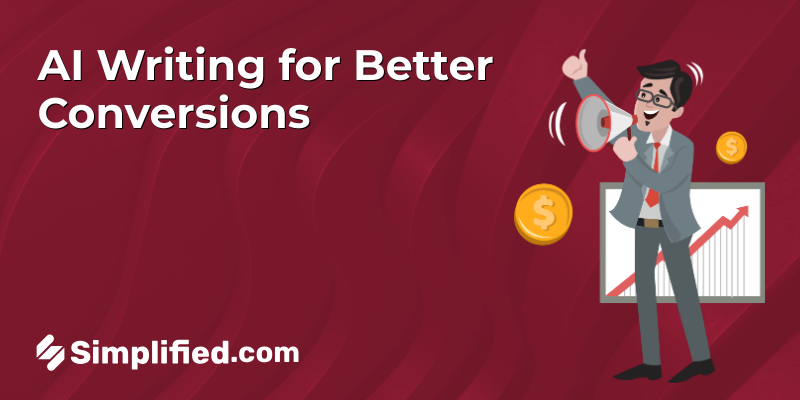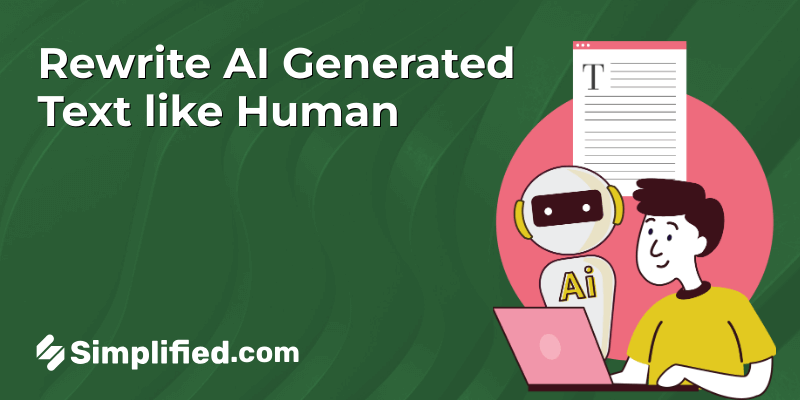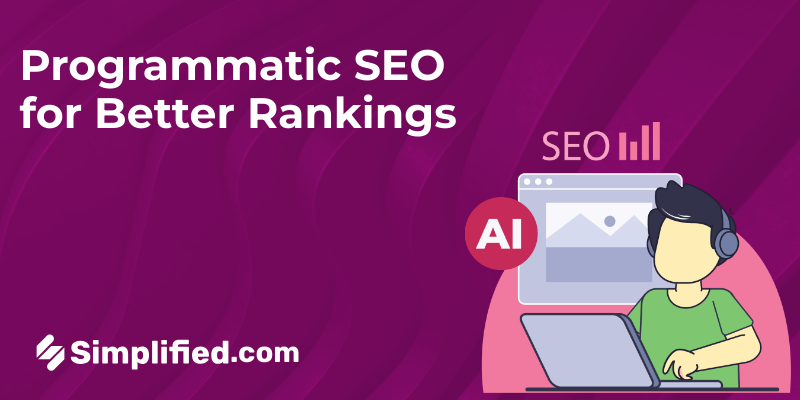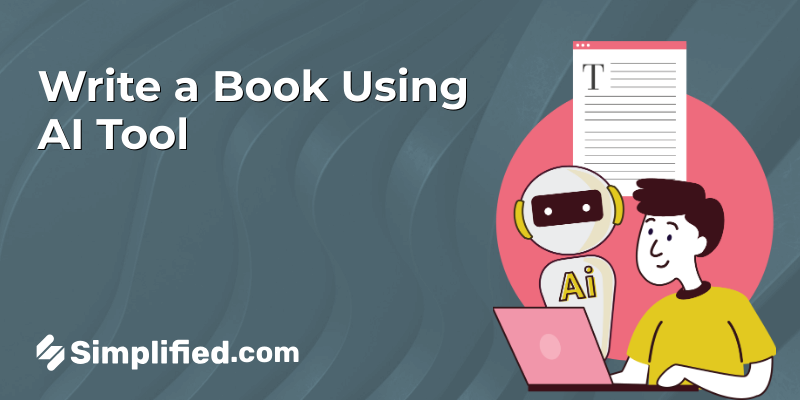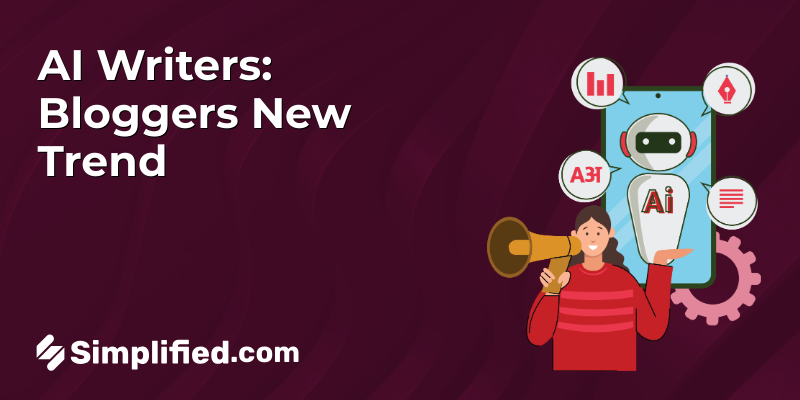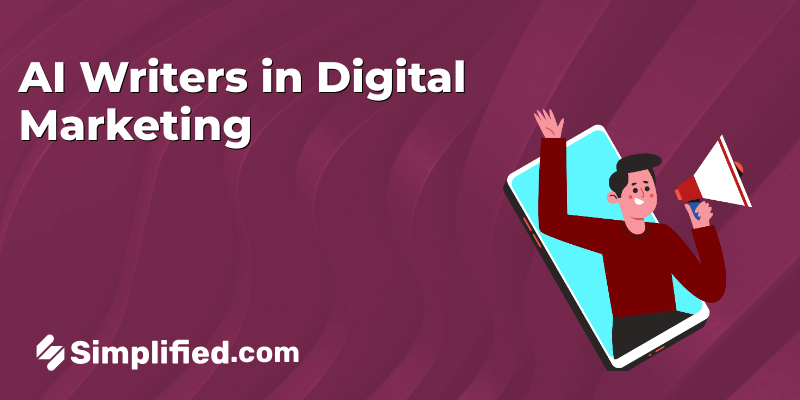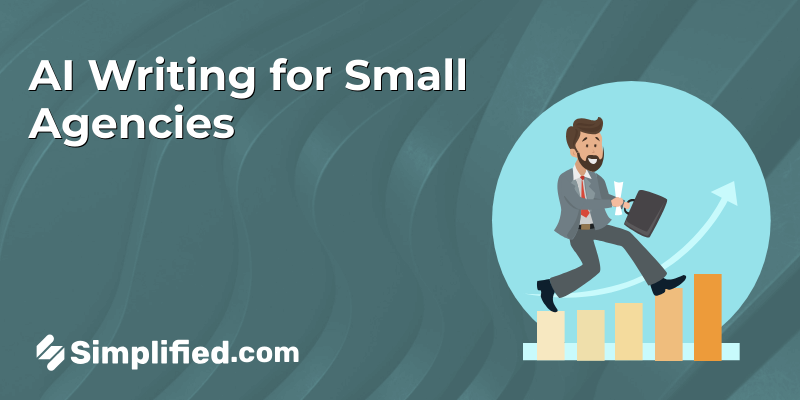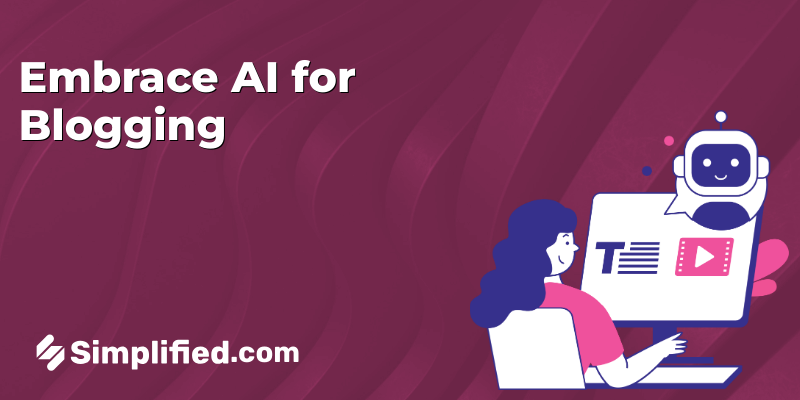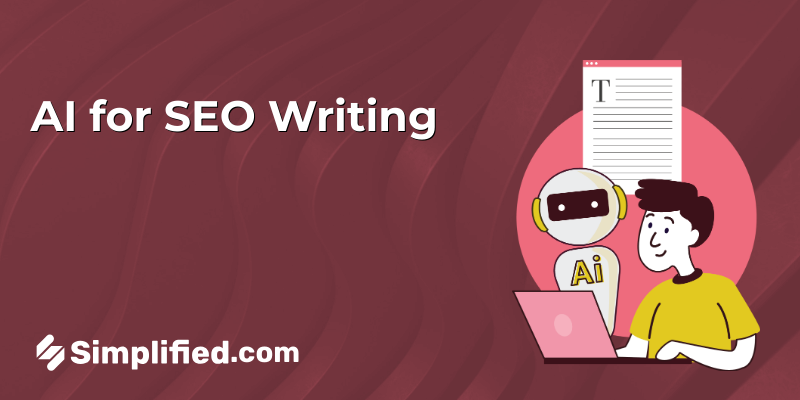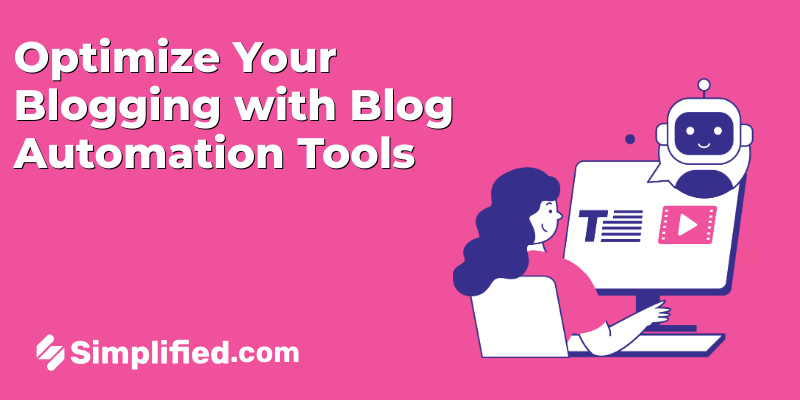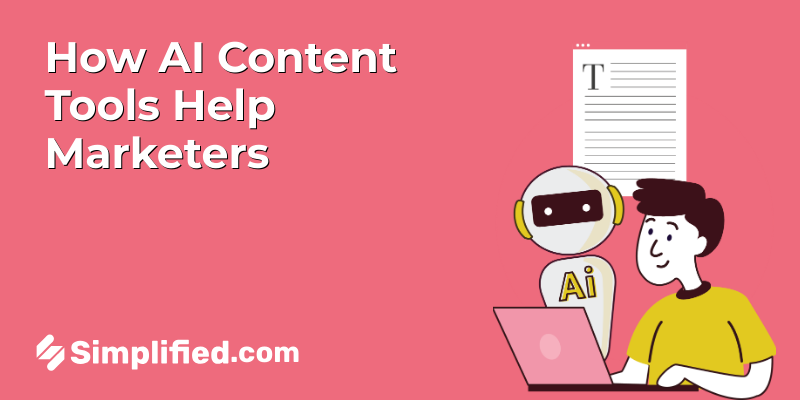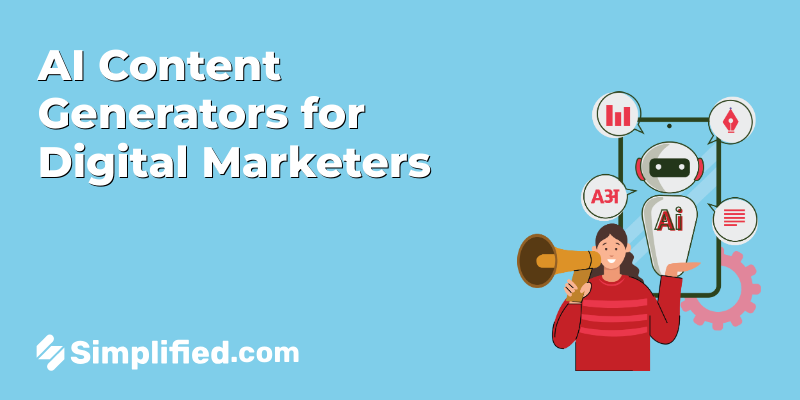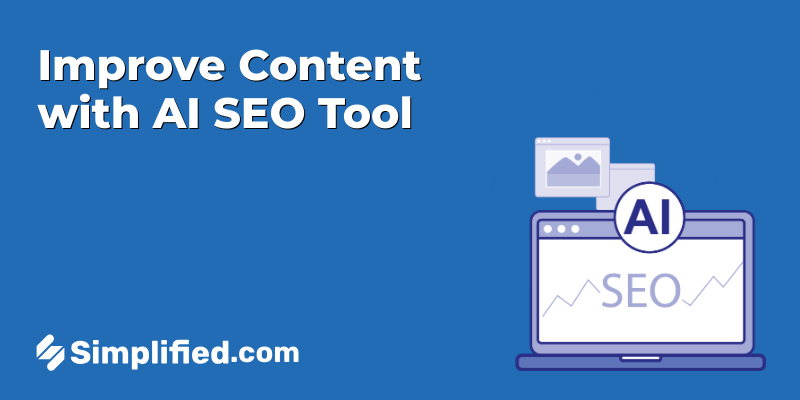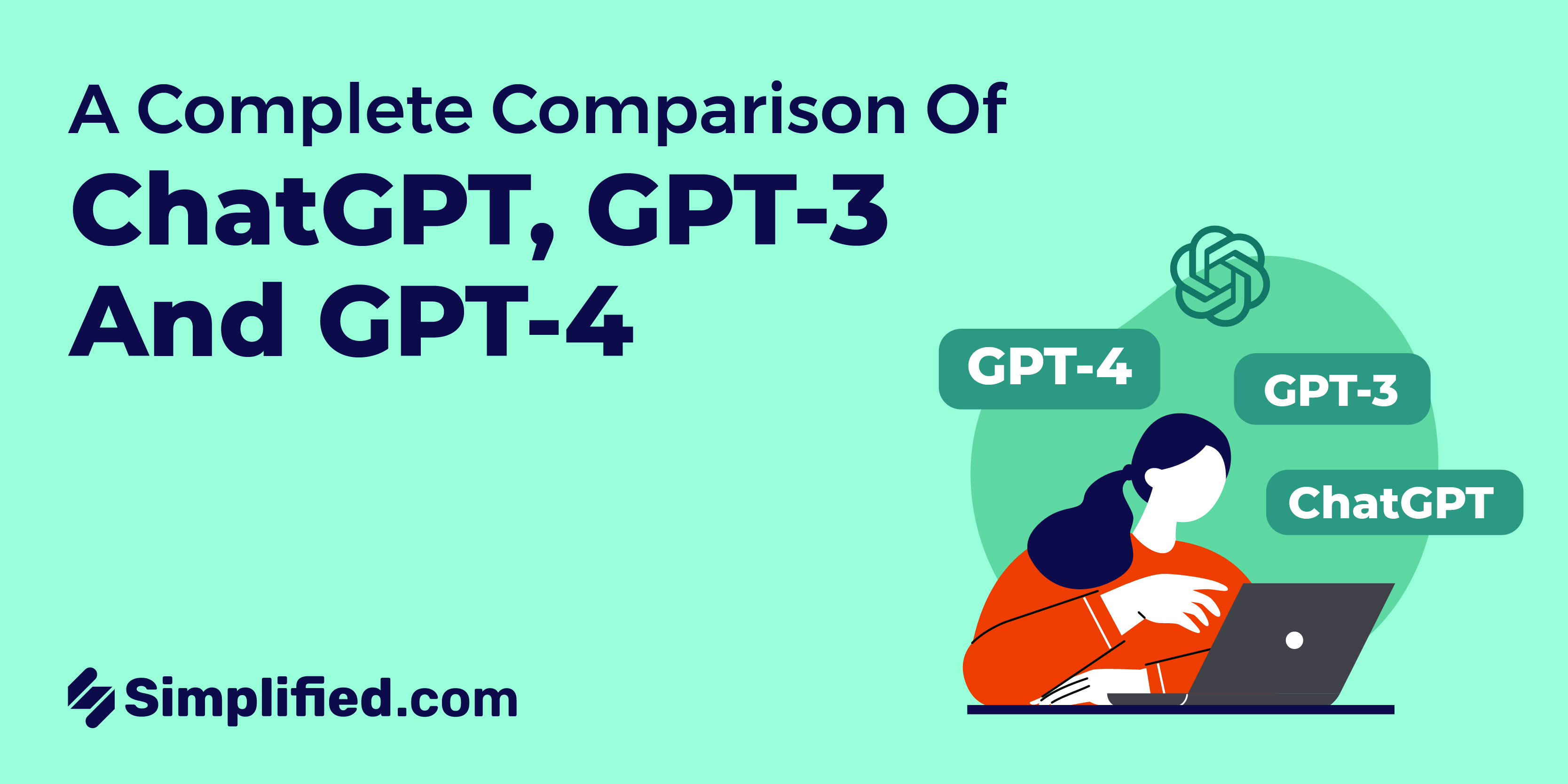
The world is abuzz with the talk of ChatGPT, GPT-3, and GPT-4. Are the three synonyms to each other? Well, no! We agree these are related to artificial intelligence, but what is the real difference? If you are also confused between ChatGPT vs. GPT-3 vs. GPT-4, or if you’re considering a ChatGPT alternative for your needs, worry not!
This blog will discuss the differences and similarities in ChatGPT vs. GPT-3 and GPT-3 vs. GPT-4.

What is the difference between GPT-3, GPT-4 & ChatGPT?
First, we need to know what GPT is to understand the difference between these three.
GPT
GPT (generative pre-trained transformer) or large language model (LLM), created by a San Francisco-based artificial intelligence research laboratory. OpenAI is one of the largest neural networks, with hundreds of billions of parameters. It enables any AI to process human language to perform tasks like answering questions, generating codes, or summarizing texts.
Before we got a game-changer with GPT-3, there were GPT-1 and GPT-2, both impressive language models but with limitations in their datasets and capabilities.

Bonus: GPT Prompts Library
GPT-3 and GPT-4
GPT-3 and GPT-4 can be seen as a sequel to your favorite superhero film, but with better visuals and a storyline. They are also large language models.
GPT-3 has 175 billion parameters that enable it to provide human-life responses. Often it isn’t easy to differentiate between the responses by GPT-3 from a human response.
Now the world is waiting for GPT-4, a better version of GPT-3. OpenAI’s most advanced system, GPT-4, has 100 trillion parameters, making it more prominent and influential.
ChatGPT
This is an app and GPT is the brain of the app. ChatGPT, the product of OpenAI, is an AI chatbot that uses GPT-3 to enable conversational interactions with humans. It’s optimized to build a dialogue in a chat-based manner. Currently, it uses GPT -3’s parameters to answer queries.
OpenAI has also added some content filters so that it doesn’t get off track.
Bonus: AI Chat – The ChatGPT alternative
ChatGPT vs. GPT-3
ChatGPT is just like Simplified’s AI chatbot, GPT-3 is the advanced version of GPT and the language model ChatGPT is trained on.
ChatGPT is the industry standard for AI chatbots, and GPT-3 is the standard for language models.
GPT or GPT-3 shouldn’t be confused with an app. OpenAI lets you play with GPT-3 for different functions, like summarizing text, copywriting, and translating languages.
GPT-3 can be used to build AI applications. Just like AI ChatGPT, some products in the market use GPT-3.
Both ChatGPT and GPT-3 have their APIs and can be integrated into different apps.
GPT-3 vs. GPT-4: A Comparison
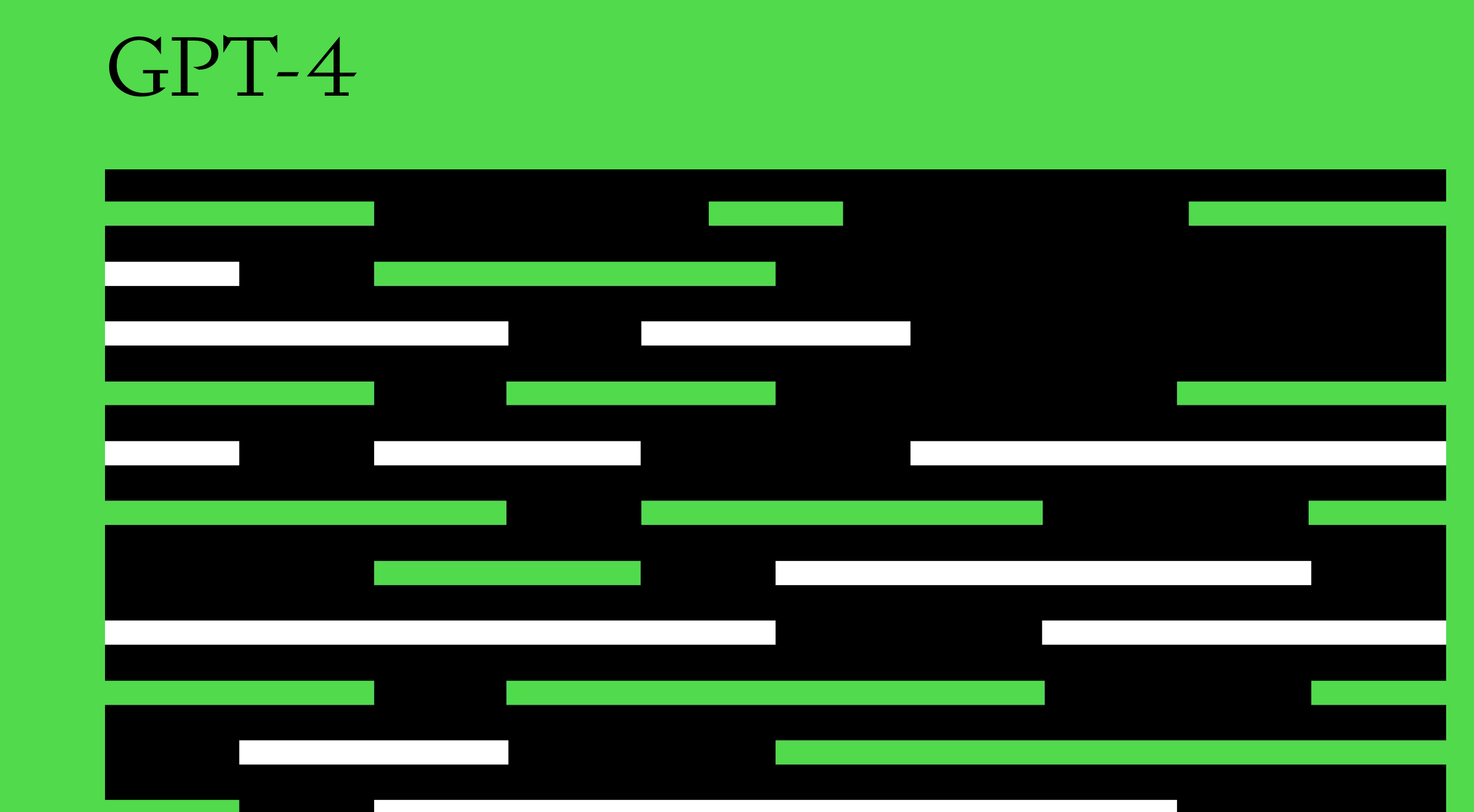
Parameters
GPT-4 boasts a humongous database compared to GPT-3. It offers faster speed and better performance across standards.
The GPT-4’s increased parameter size of 100 trillion compared to GPT -3’s 175 million gives it an edge.
The expansive parameter size of GPT-4 means accurate responses and coherent text. It can create, edit, and iterate on creative and technical tasks like composing songs and writing screenplays per the user’s writing style.
Bonus: 12 Chatbase Alternatives To Try in 2024
Factual Performance
OpenAI has trained GPT-4 to be more factually correct compared to GPT-3. GPT-4 has scored 40% higher on its internal factual performance benchmark. The improved performance is critical for businesses to generate accurate and reliable content.
Using GPT-4, users can generate more accurate, efficient, and reliable product descriptions, news articles, or legal documents.
For example, GPT-4 can enable law firms to analyze and summarize legal cases with greater accuracy and reduce errors, thus improving the quality of legal advice and legal marketing. A GPT-4-powered AI legal assistant is already the first AI to pass the bar exam.
Steerability
With more parameters, GPT-4 is also more steerable compared to its predecessor. It means users can ask it to adopt different tones, styles, and voices while giving a response.
Businesses can leverage it to create customized campaigns. For instance, if you are a PR or a marketing agency, GPT-4 can build campaigns based on the larger population’s preferences, behaviors, and interests.
Benefits for Businesses
GPT-4 is being hailed as a game-changer for businesses across industries. Let’s not forget that the advanced artificial intelligence language model has been built on the advances that GPT-3 made.
As it promises enhanced context comprehension and language skills, let’s closely examine the businesses that will benefit from GPT-4.
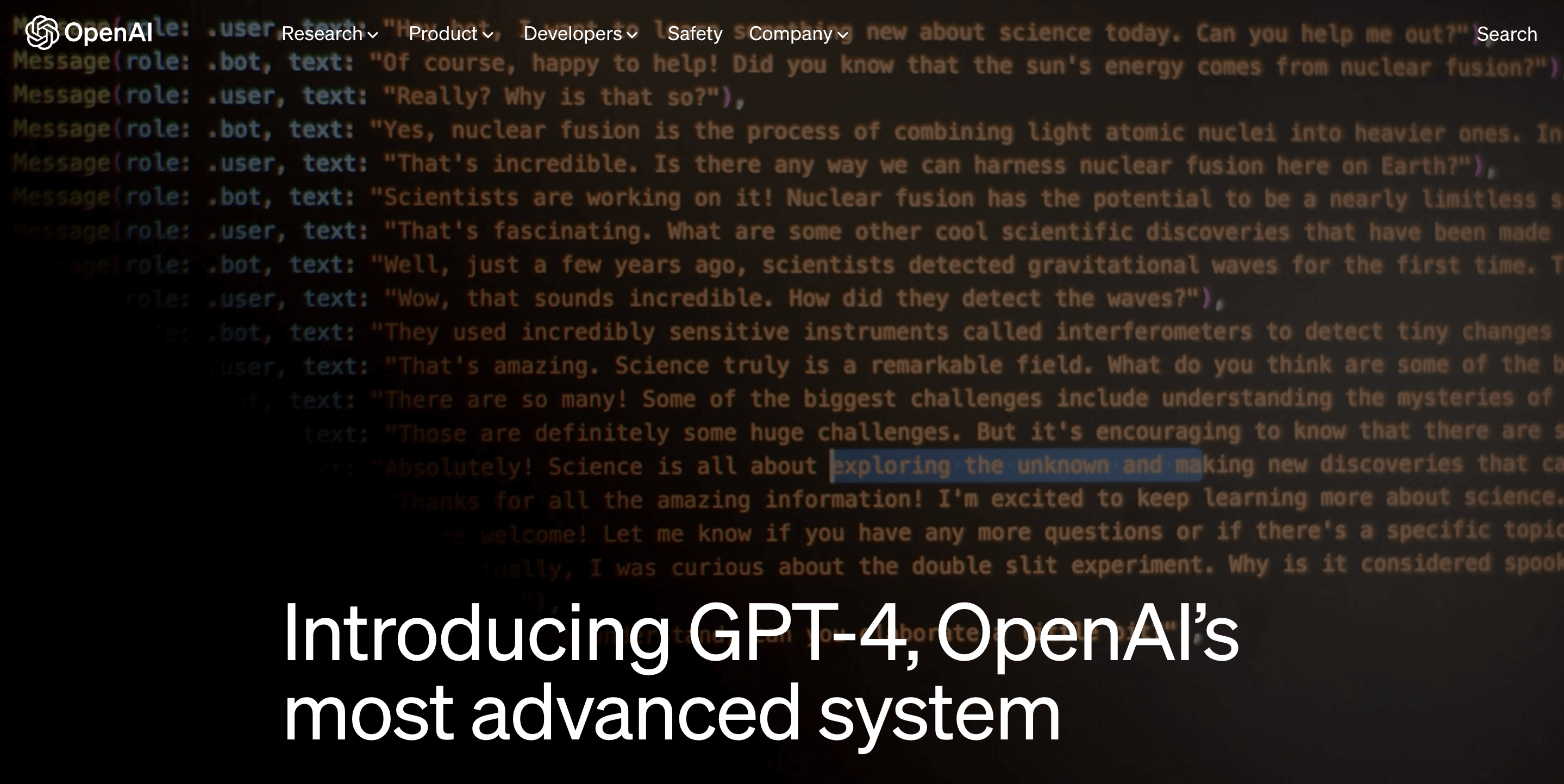
Customer Service
GPT-4 will allow businesses to automate customer support. Its sophisticated language skills and context understanding can quickly and effectively understand customer inquiries and provide suitable solutions. It reduces the need for human intervention but also understands when a conversation should be handed over to a live agent for further assistance.
Fraud
GPT-4 is a powerful tool for businesses to detect fraud, saving them time and resources while minimizing risk. With the ability to analyze massive amounts of data, GPT-4 can uncover patterns that could indicate fraudulent activity, such as odd account access or buying behaviors. Taking proactive steps against potential fraud can protect customer data and prevent financial losses.
Financial Advisory
Financial advisors can gain valuable market insights on market trends and consumer behavior with GPT-4. It can assist in managing portfolios, identifying growth opportunities, and mitigating risks with its ability to analyze vast amounts of data.
Education
GPT-4 can provide transformative tools to teachers to provide a customized learning experience. It can analyze test scores, attendance records, and learning preferences to build lessons based on individual needs, abilities, and interests. It promises improved student engagement and performance.
GPT-4 is the next big thing, the disruptive technology to take the world by storm. Other fields that GPT-4 would impact include recruitment, cybersecurity, online shopping, quality assurance, journalism, entertainment, law enforcement, marketing, and content creation.

